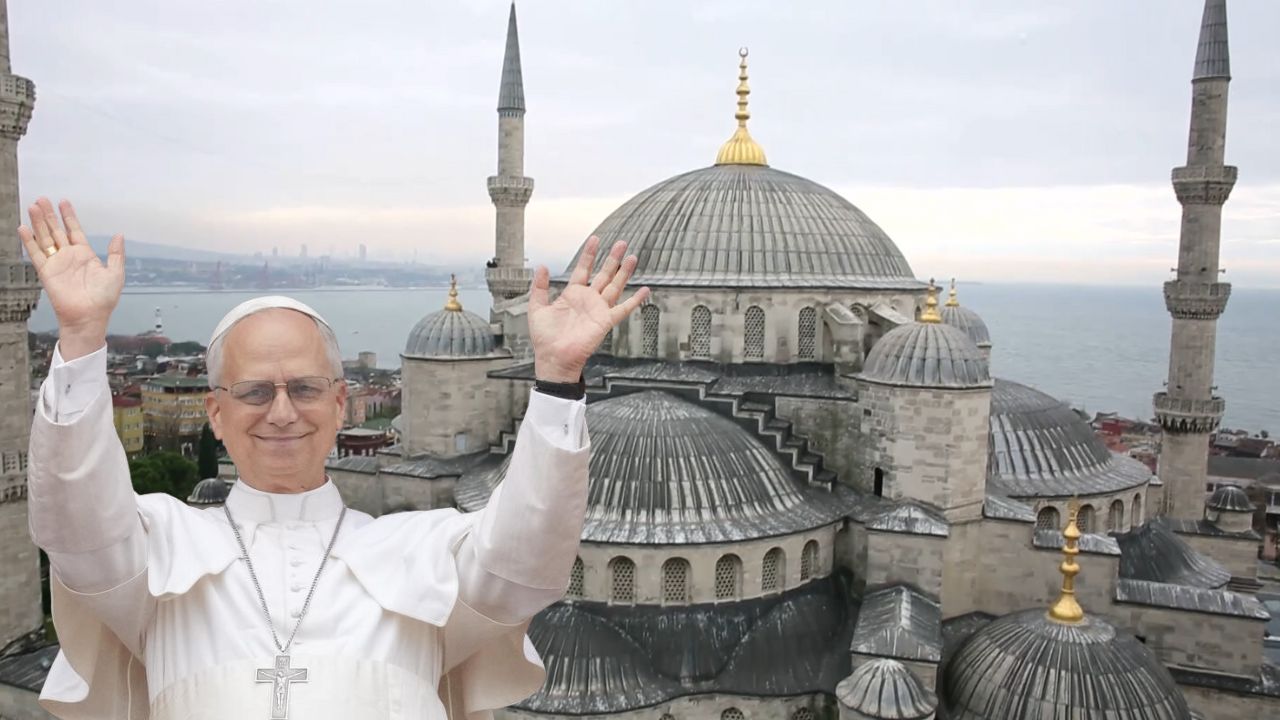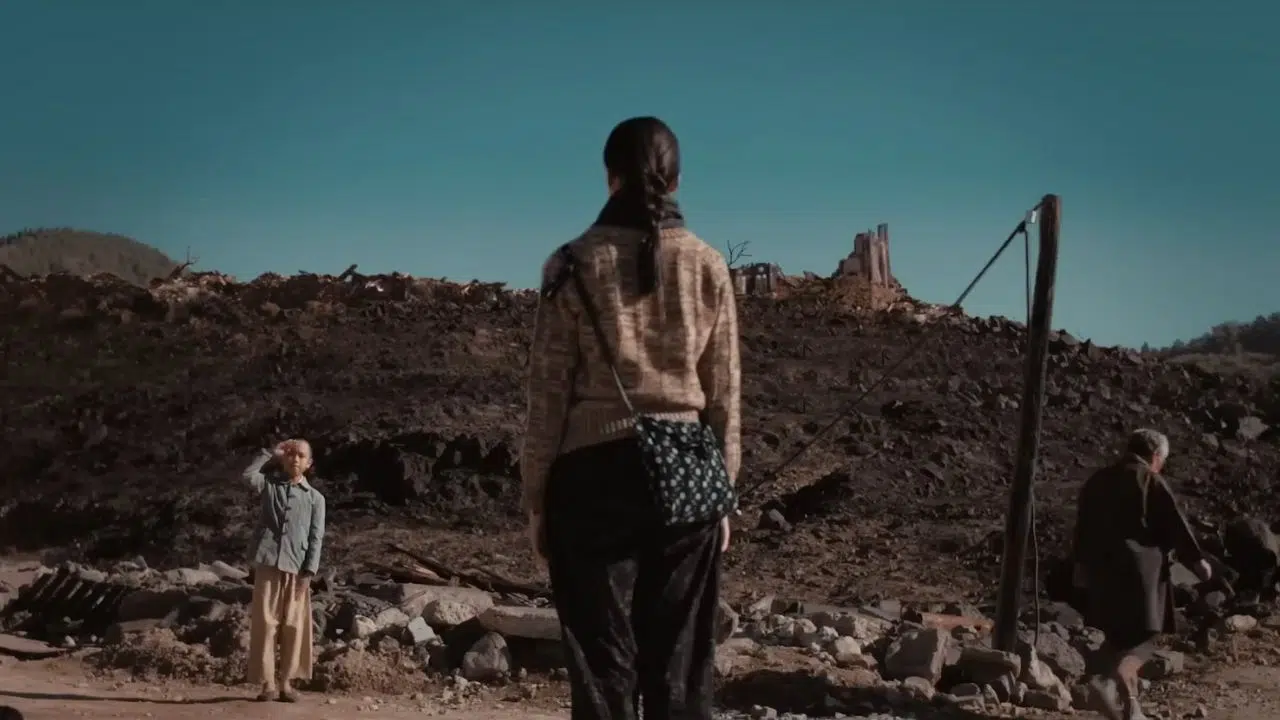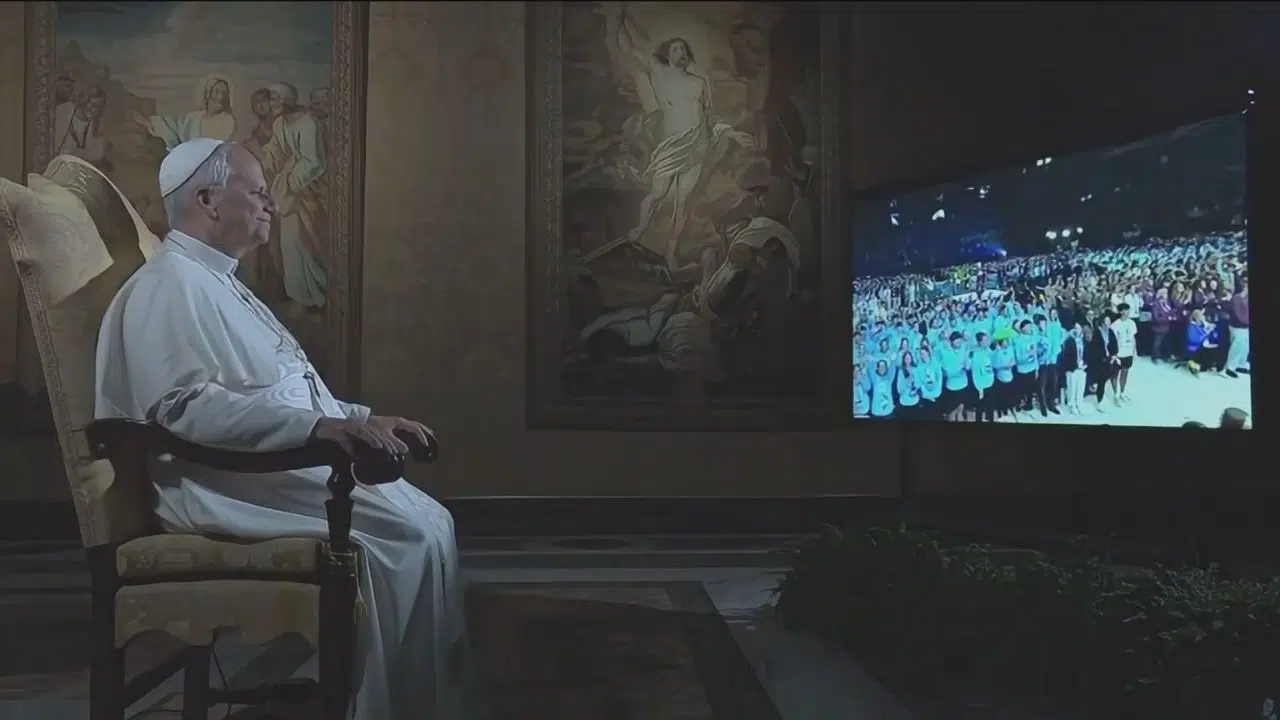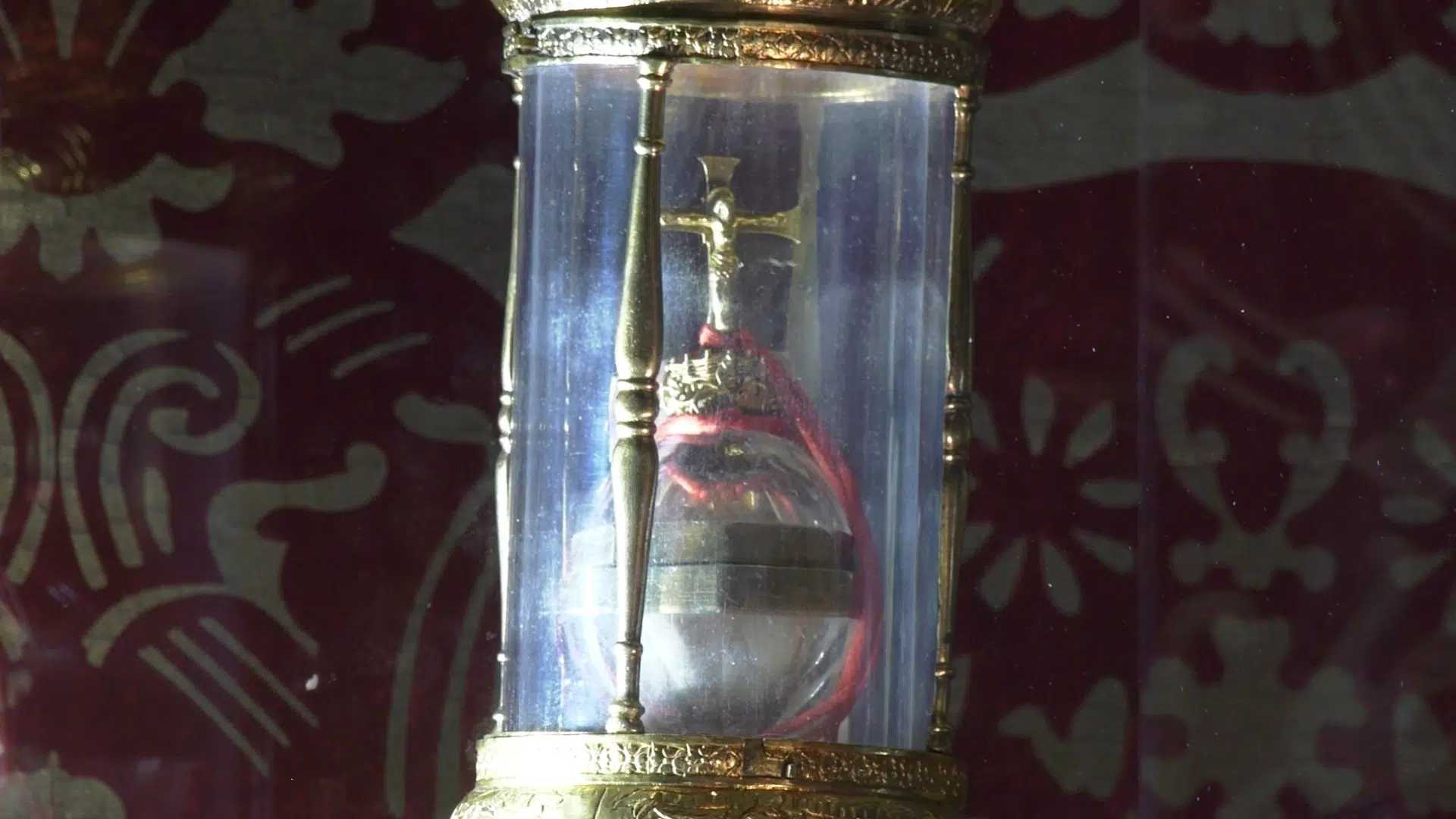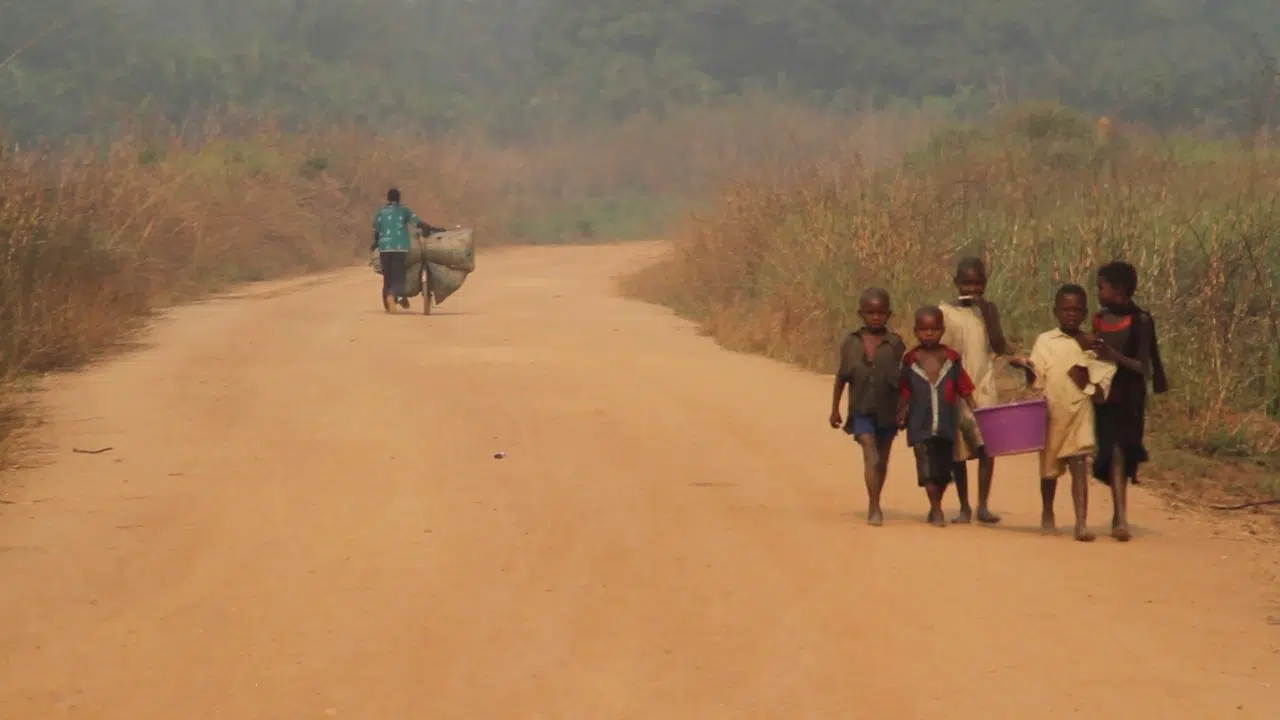The African bishops asked the Vatican for it. They needed pastoral resources to deal with polygamy – their numbers related to the situation speak for themselves.
Setting aside the northern part of the continent, 11% of Africa’s total population lives in polygamous households. In several places like Burkina Faso, Gambia, or Mali, that amount exceeds 30% of the population.
CARD. VÍCTOR MANUEL FERNÁNDEZ
Prefect, Dicastery for the Doctrine of the Faith
If they want to bishop or pastor only monogamous marriages, they would have no one to pastor. It is a very difficult situation for them. The reality is different in other, more urban African countries, which have large cities where polygamy is more difficult to maintain.
However, this reality does not only exist in Africa. In the West, polygamy has been disguised for decades as seeking a third person within the couple.
CARD. VÍCTOR MANUEL FERNÁNDEZ
Prefect, Dicastery for the Doctrine of the Faith
When I was a student in Rome forty years ago, it was said that the Romans had a wife, but most also had another woman or even another man.
There are other forms of polygamy that are not so public, not so explicit.
This is now called polyamory. In Spain, according to surveys, more than 40% of the population favor having an open relationship, and it is especially accepted among younger generations.
When speaking about marriage, the Church has taken strong positions on divorce and contraceptive methods, but with the rise of polyamory, the Holy See has decided to address the issue of exclusivity.
It did so through the Dicastery for the Doctrine of the Faith with the document “One Flesh”, which was begun during Pope Francis's papacy.
The text also illustrates a potential cause for the rise of divorce rates: life expectancy is increasingly higher and marriages last longer.
CARD. VÍCTOR MANUEL FERNÁNDEZ
Prefect, Dicastery for the Doctrine of the Faith
Not as in other times. Today six decades or more can pass. And perhaps the spouse no longer feels attracted by an intense sexual desire that drives him toward the other person, but he still feels the pleasure of belonging to her and of her belonging to him, of knowing he is not alone, of having a companion who knows everything about his life.
Faced with this, the Church speaks of the concept of “conjugal charity.”
CARD. VÍCTOR MANUEL FERNÁNDEZ
Prefect, Dicastery for the Doctrine of the Faith
Compressed charity, conjugal charity, is an affective union, understanding here that affective means something more than feelings or desires.
Even when these affections weaken or are transformed, the affective union sometimes remains with great intensity in the will and not without pleasure—no—but with the pleasure proper to the will, which is different from the pleasure of sensuality.
Another focus of the text, in line with conjugal charity, is the purpose of the sexual act. It offers some guidelines, citing, for example, Pope Saint John Paul II.
CARD. VÍCTOR MANUEL FERNÁNDEZ
Prefect, Dicastery for the Doctrine of the Faith
And Wojtyła said: “Since it is in itself an act of love that unites two persons, it does not necessarily have to be consciously and intentionally considered by them as a means for procreation.”
This document from the Dicastery for the Doctrine of the Faith is one of the last from the Francis era. At the beginning of November, the Dicastery discouraged the use of the term co-redemption of the Virgin.
There are still two other topics left to discuss: the transmission of the faith and the role of women in the Church, although on the latter there will not be a doctrinal note, but a report.
CA
Trans. CRT
